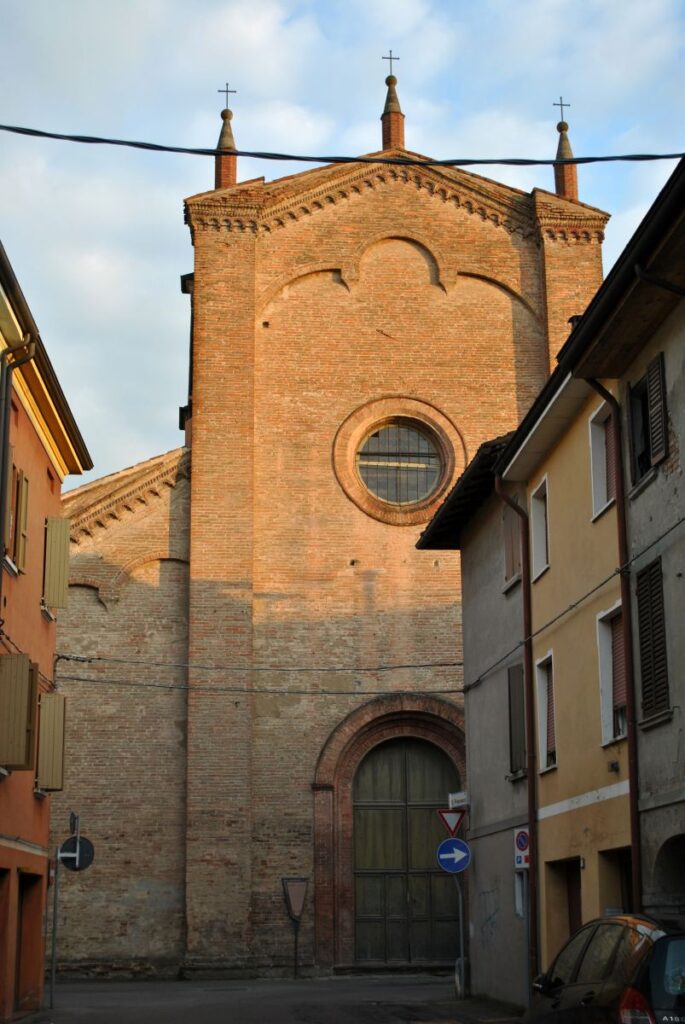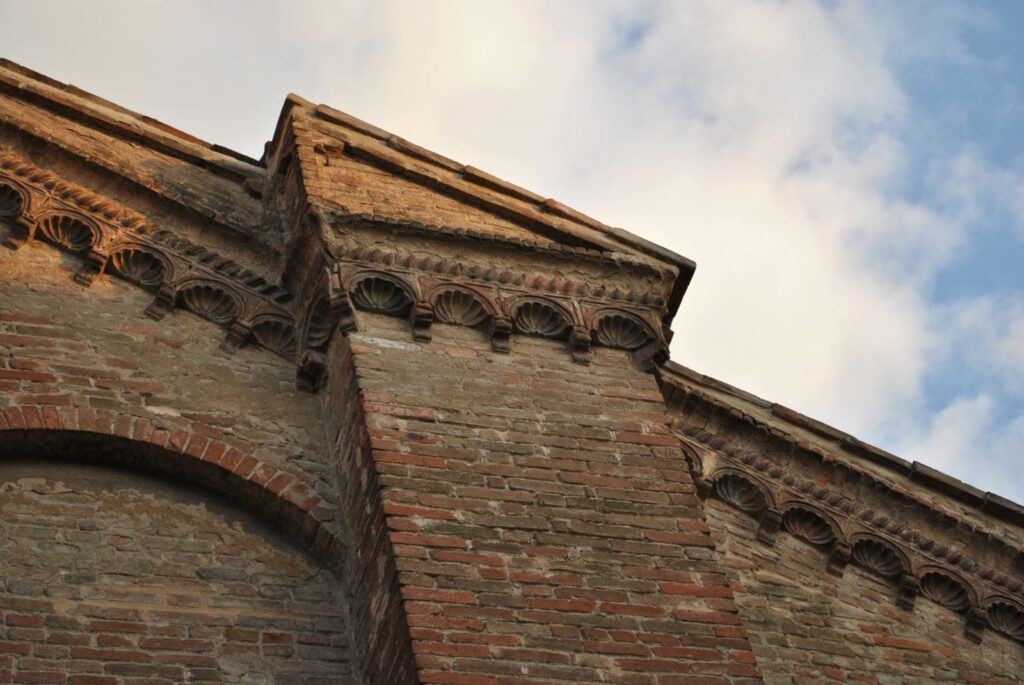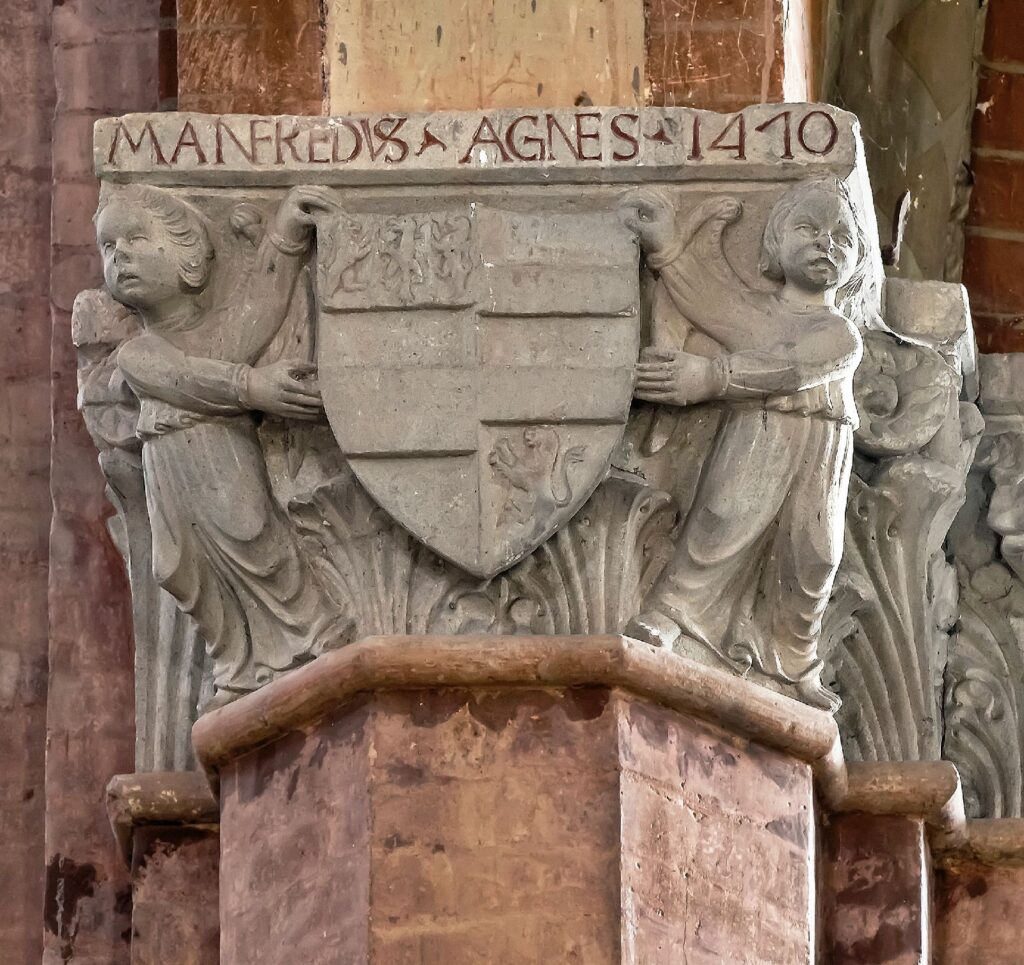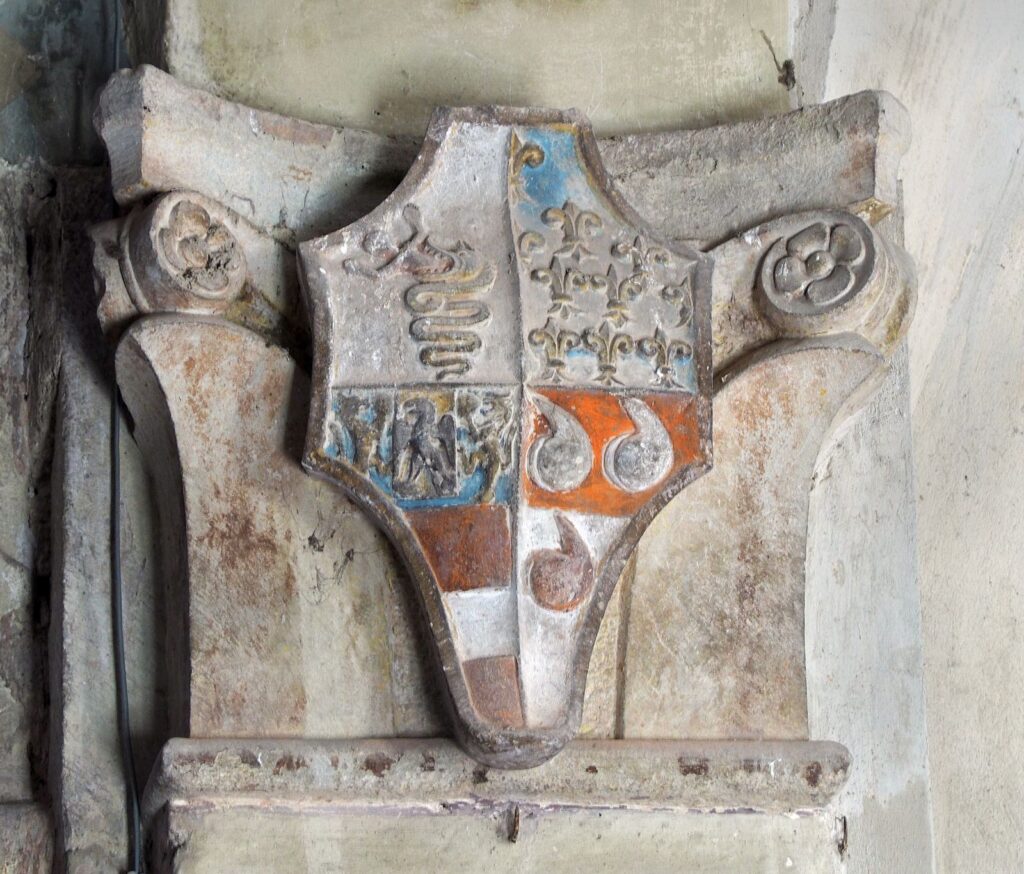Chiesa di San Francesco
XV secolo




Nel 1470 Manfredo da Correggio diede inizio alla ristrutturazione (se non alla completa ricostruzione) dell’antica chiesa di San Francesco. La chiesa, in stile gotico, poté dirsi compiuta verso il 1485, sebbene si registrino ulteriori interventi anche nei decenni e nei secoli seguenti. In breve divenne il centro del quartiere detto “Borgonuovo”, ospitando anche, dalla fine del XV secolo, le tombe dei Da Correggio. Tra il 1643 ed il 1647 l’edificio subì una ristrutturazione complessiva, con l’apertura delle cappelle laterali e degli ampi finestroni a mezzaluna che danno luce alle tre navate. Dopo l’evento sismico del 1996, che provocò cedimenti e lesioni anche di notevole entità agli elementi portanti della chiesa, il Comune ha provveduto a intervenire con somma urgenza per mettere in sicurezza tutta la struttura, consolidare gli intonaci e restaurare gli affreschi. La facciata si caratterizza per la sua semplicità e per un motivo ad archi rampanti. La decorazione è in cotto con motivo a conchiglie. L’alto campanile, addossato al retro della chiesa, è pendente per il cedimento del terreno. Già in epoca antica si cercò di ovviare al problema con murature esterne di sostegno. La chiesa ospitò, finché il duca di Modena non le sottrasse intorno al 1638, due preziose opere del Correggio, che qui fu sepolto nel 1534: Madonna di San Francesco, oggi alla Gemäldegalerie di Dresda e Riposo durante la fuga in Egitto, oggi agli Uffizi di Firenze. Attualmente la chiesa rimane chiusa per ulteriori restauri.
In 1470 Manfredo da Correggio began the restoration (almost a complete reconstruction, actually) of the ancient church of St. Francis. This Gothic church was most probably completed around 1485, although further work was done on it in the following decades and centuries. It quickly became the centre of the Borgonuovo “quarter” and in the late 15th century it also housed the tombs of the Da Correggio family. From 1643 to 1647 the building underwent a complete renovation creating side chapels and large semicircular windows that let light into the three naves. After the 1996 earthquake, which caused considerable damage and cracks to the bearing structures of the church, the municipality decided to urgently undertake work to secure the entire building, repair the walls, and restore the frescoes. The simple façade is marked by rampant arches. The terracotta decorations have a seashell motif. The tall bell tower, built up against the back of the church, is leaning due to sinking foundations. Even in ancient times, an attempt was made to solve the problem with external partitions as a support . Until the Duke of Modena took them away around 1638, the church housed two exquisite paintings by Correggio, who was buried here in 1534: the “Madonna of St. Francis”, now at the Gemäldegalerie in Dresden and “Rest on the Flight into Egypt”, now at the Uffizi in Florence. The church is currently closed for further restoration.

Ultimo aggiornamento
11 Febbraio 2025, 14:20
 Museo Il Correggio
Museo Il Correggio 